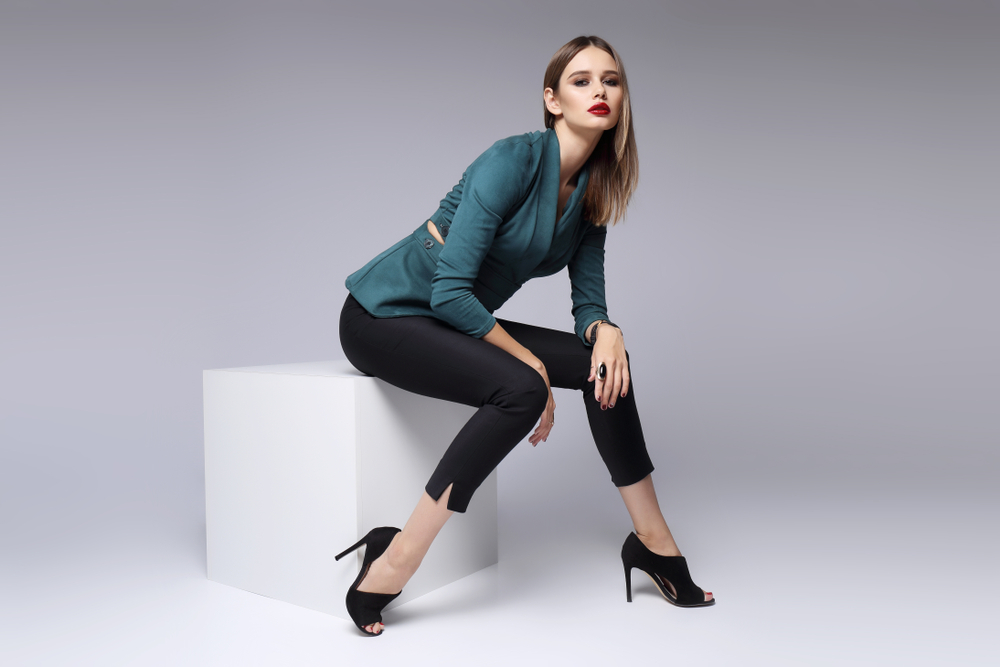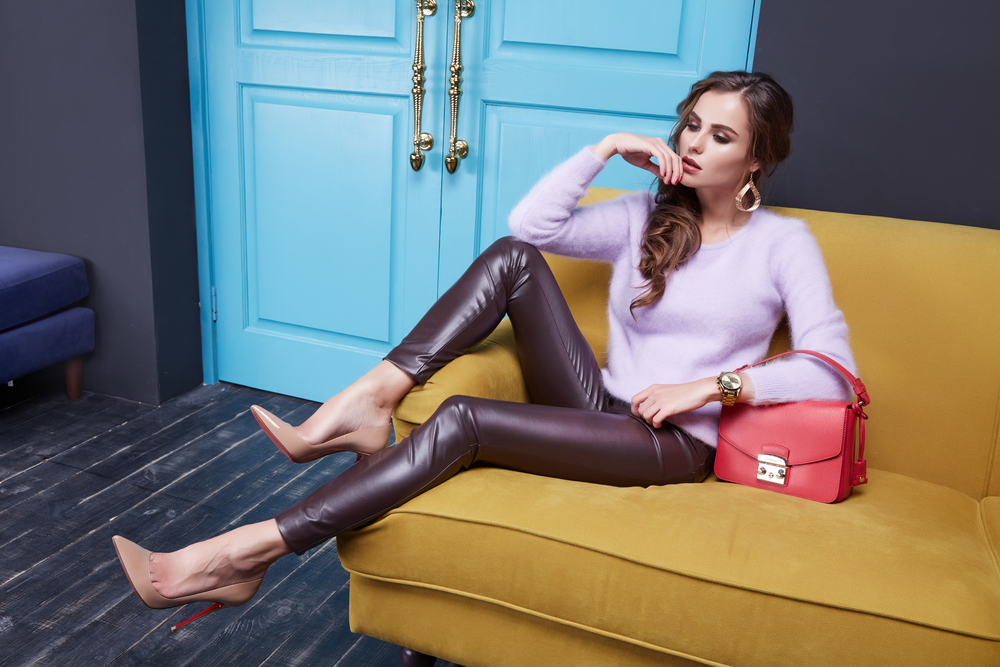
The Art of Modeling: Unveiling the Secrets Behind the Glamorous World in Photoshoots

In the world of fashion and entertainment, modelling is an art form that captivates us with its beauty, elegance, and grace. From runway shows to magazine covers, models are the embodiment of style and perfection. But what goes on behind the scenes? What are the secrets behind those breathtaking photoshoots? In this article, we will delve into the art of modeling and explore the captivating world that lies beneath the glamorous surface.
The Essence of Modeling: A Fusion of Talent and Skill
Modeling is not merely about striking a pose or looking pretty in front of the camera. It requires a unique blend of talent, skill, and dedication. A successful model possesses the ability to convey emotions, tell a story, and create a connection with the viewers through their poses and expressions. It is the model's responsibility to bring life and energy to the clothes they wear, elevating them from mere garments to works of art.
Models also need to possess physical attributes that meet industry standards. Height, proportion, and the ability to maintain a fit and healthy body are all essential. However, it is important to note that the definition of beauty in the modeling industry is ever-evolving. Diversity and inclusion have become significant aspects of the modeling world, with brands and designers embracing models with unique features, various body types, and different ethnic backgrounds.
The Role of the Photographer: Capturing the Magic
In the world of modeling, the photographer plays a crucial role in bringing the vision to life. They are the ones behind the lens, capturing the model's essence, creativity, and personality. The photographer must possess the technical skills to portray the model's best angles, light the scene perfectly, and create a harmonious composition.
Collaboration between the model and the photographer is essential to achieve the desired result. During photoshoots, models often receive guidance and direction from the photographer, who helps them bring out their best performances. A creative synergy is formed, where the model's interpretation of the concept merges with the photographer's vision, resulting in stunning photographs that captivate the viewer's imagination.
The Art of Posing: Telling a Story Through a Single Frame
Posing is an essential aspect of modeling, as it conveys emotions and messages to the viewers. It requires an understanding of body language, the ability to showcase the clothes aesthetically, and the confidence to experiment and take risks. Models are trained to express various moods, from joy and sensuality to power and vulnerability, through their body language and facial expressions.
The art of posing extends beyond the still image itself. Models must also possess the ability to move gracefully and confidently on the runway, transforming the designer's creations into living works of art. It is through their walking, posture, and gestures that they bring life and vitality to the garments they wear.
The Influence of Styling and Makeup: Enhancing the Model's Essence
Styling and makeup play a crucial role in modeling, as they enhance the model's appearance and contribute to the overall concept of the photoshoot. The collaboration between models, stylists, and makeup artists is essential in creating a cohesive visual story.
Stylists are responsible for selecting the clothes and accessories that fit the concept or theme of the photoshoot. They work closely with the model to ensure the perfect fit, execute seamless wardrobe changes, and create visually appealing combinations. Makeup artists, on the other hand, bring out the model's natural beauty or completely transform their appearance, depending on the requirements of the shoot.
Frequently Asked Questions
Q1: How can someone become a model?
A1: To become a model, one should start by building a strong portfolio of professional photographs. It is important to research reputable modeling agencies and submit your portfolio to them. They can provide guidance and connect you with potential opportunities in the industry.
Q2: What are the challenges of being a model?
A2: Modeling can be competitive and demanding. Rejections are common, and models often face long working hours, intense pressure to maintain their appearance, and constant travelling. However, with perseverance, dedication, and strong support systems, these challenges can be overcome.
Q3: Are there age restrictions in the modeling industry?
A3: The modeling industry offers opportunities for models of various age groups. While youth is highly valued in certain areas such as runway and fashion modeling, there is a growing demand for mature models in advertisements and editorial work.
Q4: How important is diversity in the modeling industry?
A4: Diversity is pivotal in the modeling industry to represent the richness of our society. Brands and designers are increasingly embracing diversity to appeal to a wider audience and celebrate uniqueness. Models of different ethnicities, body types, and appearances are gaining visibility and influencing the industry positively.
Q5: Does height matter in modeling?
A5: Height has traditionally been preferred in certain modeling sectors, such as runway modeling. However, the industry has evolved, and there are opportunities for models of various heights in print, commercial modeling, and niche markets. With the emphasis on inclusivity, aspiring models should focus on finding their niche and showcasing their unique qualities.
In conclusion, the art of modeling is an intricate blend of talent, skill, and collaboration. Models, photographers, stylists, and makeup artists come together to create captivating photoshoots that mesmerize us with their beauty. Behind the glamorous surface lies a world of dedication, hard work, and creative expression that brings the art of modeling to life.
Other useful resources
- https://en.wikipedia.org/wiki/Category:Modeling_(profession)
- https://en.wikipedia.org/wiki/Modeling_agency